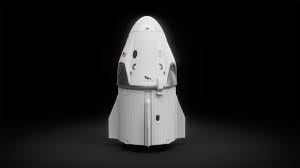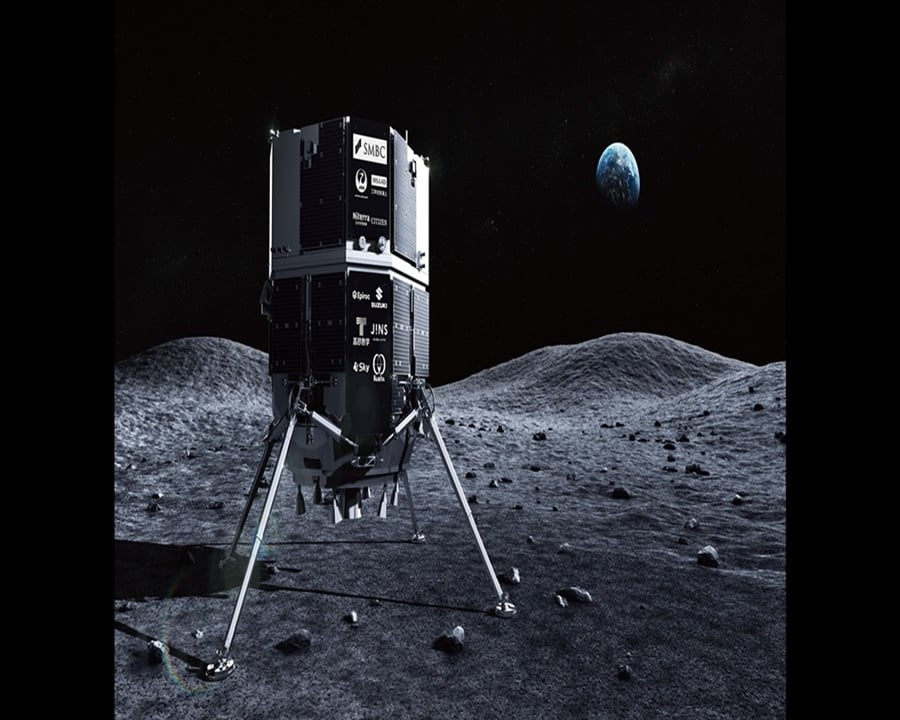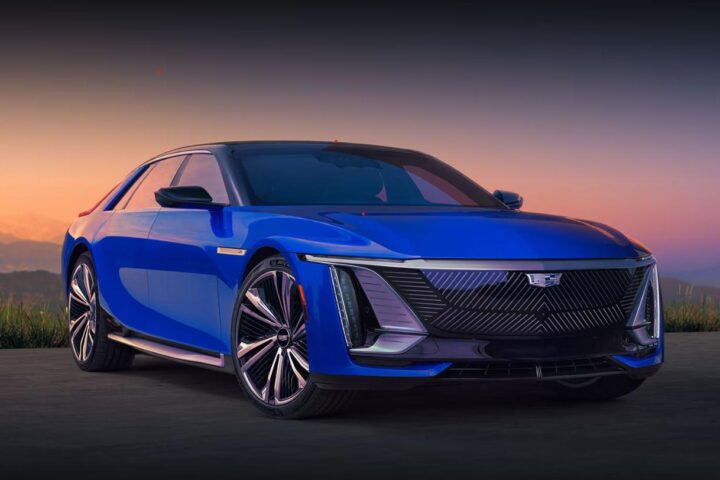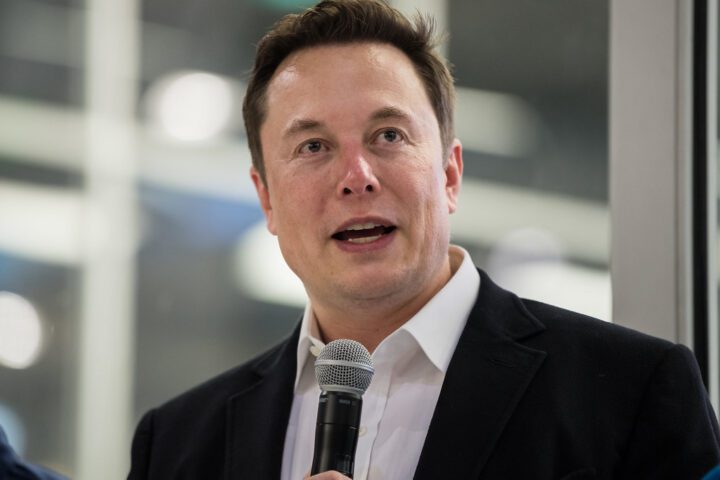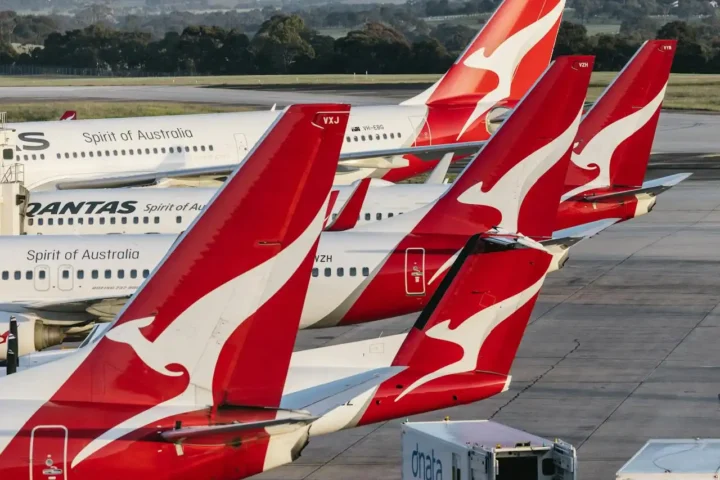Elon Musk declared Thursday that SpaceX would “begin decommissioning its Dragon spacecraft immediately” following a threat by President Donald Trump to cancel government contracts with Musk’s companies. Hours later, Musk walked back this statement, writing “Ok, we won’t decommission Dragon” after a social media user urged him to “cool off and take a step back.”
The dramatic exchange unfolded on social media platform X (formerly Twitter) during an escalating public feud between the two powerful figures. The conflict began when Musk criticized Trump’s major tax bill, prompting Trump to post on Truth Social that “The easiest way to save money in our Budget, Billions and Billions of Dollars, is to terminate Elon’s Governmental Subsidies and Contracts.”
Musk’s initial threat to decommission Dragon raised serious concerns because the spacecraft serves a critical role in America’s space program. The Dragon capsule is currently the only U.S. vehicle certified to transport astronauts to and from the International Space Station (ISS). It also delivers supplies, equipment, and scientific materials to the orbiting laboratory.
Just last month, a Dragon craft delivered 6,700 pounds of crew supplies and equipment to the ISS. Earlier this year, the spacecraft brought NASA astronauts Butch Wilmore and Sunita Williams back to Earth after they were stranded at the space station when Boeing’s Starliner capsule encountered problems during a test flight.
Similar Posts
If Musk had followed through on his threat, NASA would have been forced to rely solely on Russia’s Soyuz capsules for astronaut transport to the ISS. The Soyuz can only carry three people at a time, while Dragon can transport up to seven passengers. Before SpaceX began flying astronauts in 2020, NASA was paying Russia tens of millions of dollars per seat to ferry American astronauts to space.
Boeing’s Starliner, which was developed as an alternative to Dragon, has encountered significant setbacks. Its only crewed test flight went so poorly that the astronauts had to return on a SpaceX Dragon instead. Starliner remains grounded while NASA evaluates whether to proceed with another test flight.
The financial stakes in this dispute are enormous. Since 2008, SpaceX has received more than $20 billion in contracts from NASA, the Air Force, and other government agencies. Beyond the Dragon program, SpaceX is involved in critical projects including military satellite launches, NASA science missions, and a key role in the Artemis lunar program, where its Starship rocket is intended to ferry astronauts to the Moon’s surface.
After Musk’s initial announcement, NASA press secretary Bethany Stevens wrote on X that “NASA will continue to execute upon the President’s vision for the future of space” and would “continue to work with our industry partners to ensure the President’s objectives in space are met.”

SpaceX President Gwynne Shotwell had previously stated that the company planned to fly Dragon for six to eight more years while developing a replacement spacecraft.
The 48-hour public dispute highlighted the complex relationship between government agencies and private space companies, as well as the potential vulnerability of America’s space program to political conflicts.
